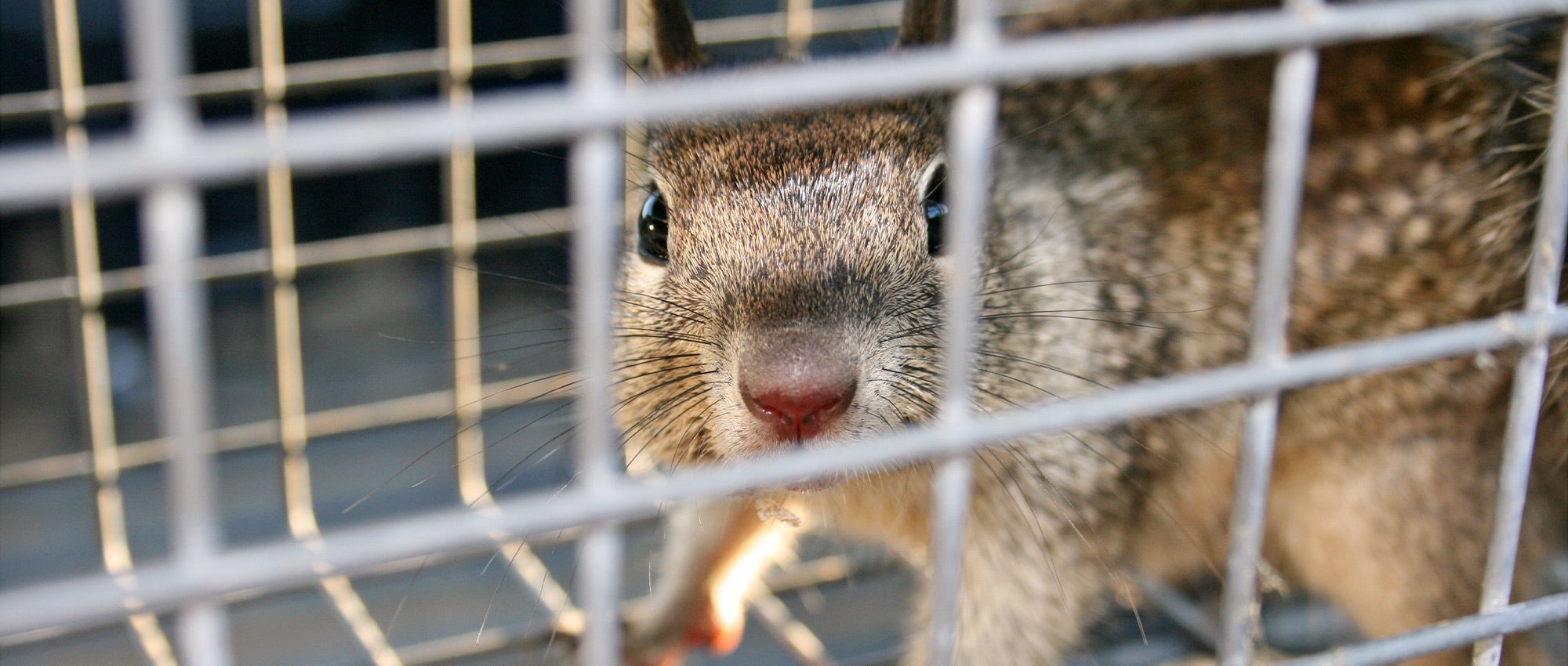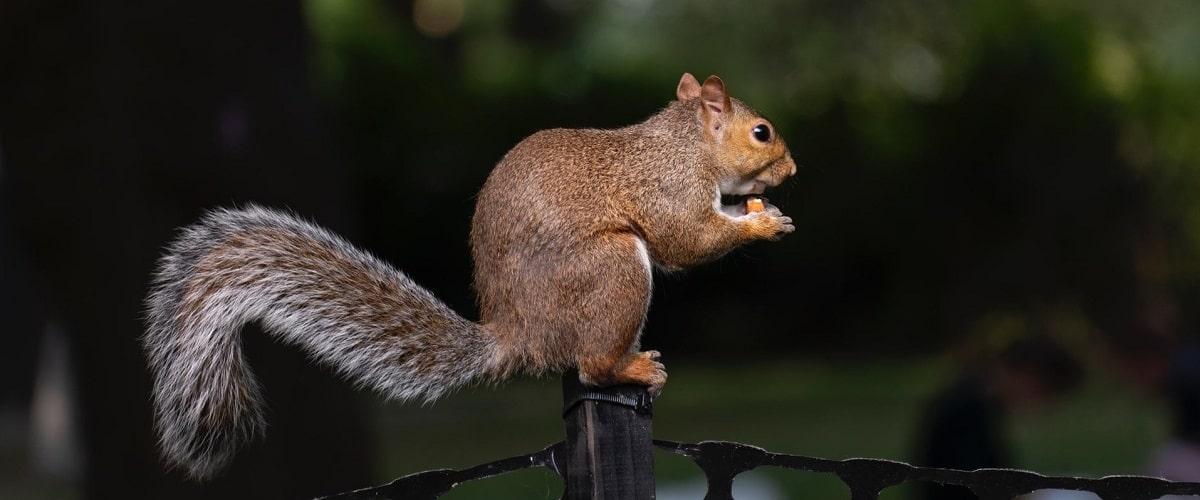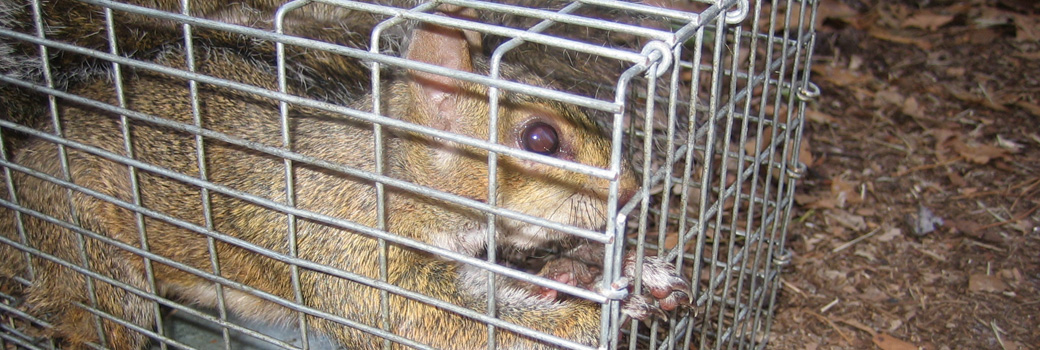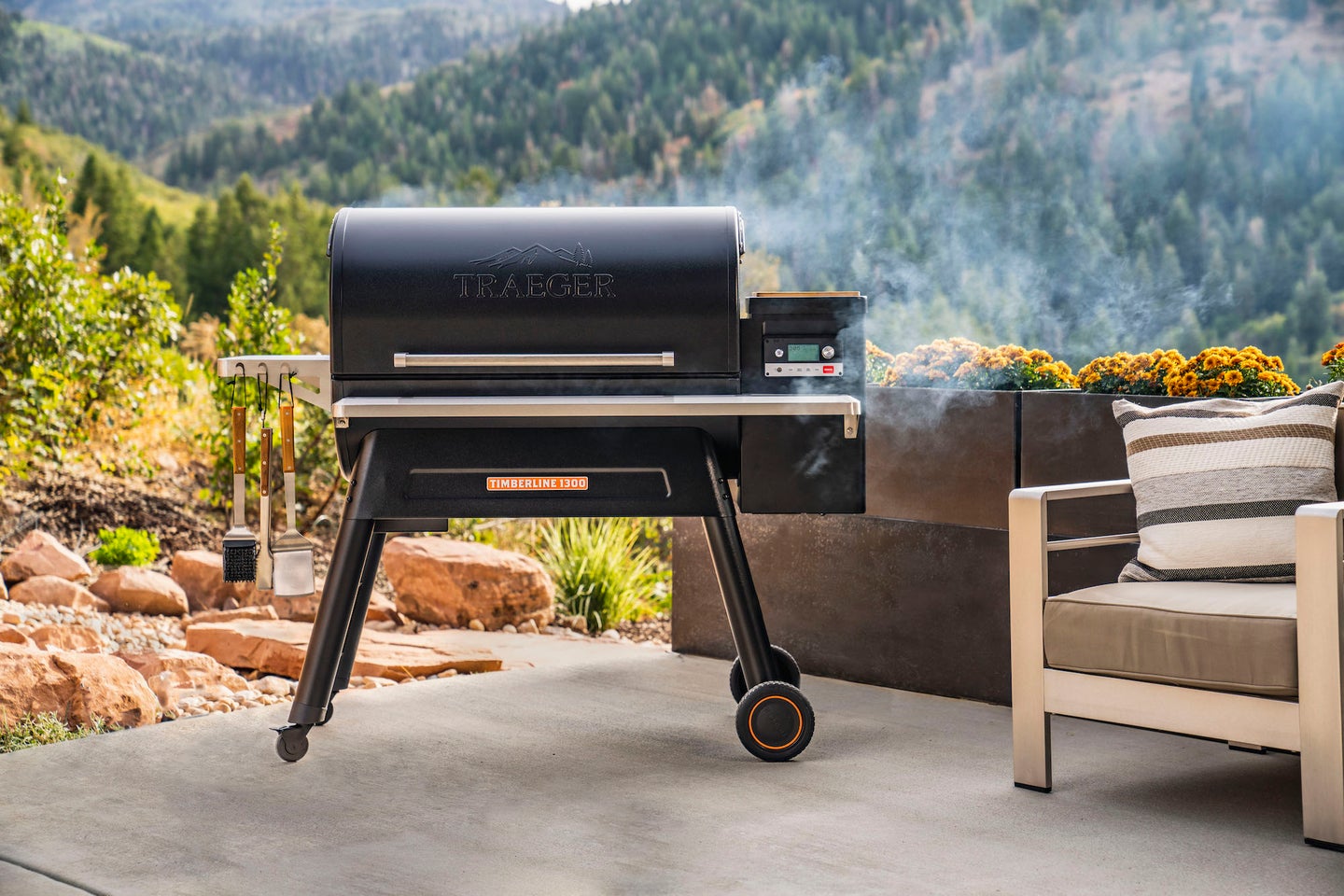
A squirrel can live in a trap for up to 24 hours. Beyond this period, it risks severe stress and dehydration.
Trapping a squirrel requires careful consideration. Squirrels are active and curious creatures but can suffer when confined. It’s crucial to check traps frequently to ensure the animal’s well-being. Humane treatment includes relocating the squirrel promptly after capture. Choosing the right trap and monitoring it closely will minimize harm.
Understanding squirrel behavior and needs ensures a humane approach to trapping. Effective trapping involves both capturing the animal and ensuring its safe release. Always follow local wildlife regulations when handling squirrels. Proper care and timely action are key to a successful and humane trapping experience.
Squirrel Trapping Basics
Types Of Traps
There are various types of traps available for catching squirrels.
- Cage traps: Safely capture the squirrel without harming it.
- Spring-loaded traps: Quickly and effectively trap the squirrel.
Setting Up A Trap
Properly placing and baiting the trap is crucial for successful squirrel trapping.
- Locate areas where squirrels frequent, like near trees or bird feeders.
- Place the trap on a flat surface to prevent it from tipping over.
- Bait the trap with nuts, seeds, or peanut butter to attract the squirrel.

Credit: www.youtube.com
Squirrel Behavior In Traps
Understanding squirrel behavior in traps is essential for humane wildlife control. Squirrels exhibit distinct reactions when they find themselves trapped. These reactions can vary based on the squirrel’s age, health, and surroundings. Recognizing these behaviors helps in ensuring the well-being of the trapped squirrel.
Stress Responses
Squirrels experience high levels of stress when trapped. This stress can manifest in several ways. They may start to breathe rapidly, indicating fear. The squirrel’s heart rate increases significantly. You might notice the squirrel trembling or shaking. Stress can also cause the squirrel to vocalize loudly. These signs show the animal’s distress.
Escape Attempts
Escape attempts are common behaviors for trapped squirrels. They will try to find any way out of the trap. Scratching is a primary method they use to escape. The squirrel might bite the trap’s bars or edges. It may also try to squeeze through small openings. Persistent escape attempts can lead to injury. Observe these attempts to gauge the squirrel’s stress level and health.
Factors Affecting Survival
Understanding the factors affecting a squirrel’s survival in a trap is crucial. Knowing these factors can help ensure the humane treatment of trapped squirrels.
Temperature Effects
Temperature plays a significant role in a squirrel’s survival. Extreme temperatures can be deadly. In hot weather, squirrels can overheat. They may suffer from heatstroke. In cold weather, they risk hypothermia. Keeping the trap in a shaded area can help. During winter, consider insulating the trap.
Availability Of Food And Water
A squirrel needs food and water to survive. Lack of these necessities can lead to dehydration and starvation. Providing a small amount of food and water can prolong their survival. Use nuts or fruits as food. Ensure water is accessible but not spillage-prone.
Average Time In Trap
Understanding the average time a squirrel can live in a trap is crucial for humane trapping. Squirrels are active creatures, and their survival depends on various factors. This section delves into the typical duration squirrels spend in traps and presents real-life case studies.
Typical Duration
The typical duration a squirrel can survive in a trap depends on several factors:
- Availability of food and water
- Temperature and weather conditions
- Type of trap used
In general, squirrels can survive in a trap for about 24 to 48 hours. During this time, they may become stressed and dehydrated.
| Condition | Survival Time |
|---|---|
| With food and water | Up to 48 hours |
| Without food and water | 24 hours or less |
| Extreme weather | Less than 24 hours |
Case Studies
Various case studies highlight the survival time of squirrels in traps. These real-life examples provide insight into the importance of timely release.
- Case Study 1: A squirrel trapped with access to water survived for 48 hours. The weather was mild, and the squirrel showed signs of stress but survived.
- Case Study 2: In extreme heat, a squirrel without food and water only lasted 12 hours. The trap was in direct sunlight, which increased the stress levels.
- Case Study 3: A squirrel trapped in winter conditions lasted 24 hours. The cold weather significantly affected its survival time.
These studies emphasize the need for humane trapping practices and the importance of quick action.
Humane Trapping Practices
Trapping a squirrel can be necessary. But it should always be humane. Using humane trapping practices ensures the safety and well-being of the animal.
Checking Traps Regularly
Check traps every 2-4 hours. This prevents the squirrel from suffering. Frequent checks reduce stress and health risks for the animal.
If a squirrel stays too long in a trap, it can become distressed. Regular checks help ensure the animal’s quick release or relocation.
Providing Essentials
While the squirrel is in the trap, provide food and water. This keeps the squirrel nourished and hydrated.
Place small amounts of nuts and seeds in the trap. Also, include a small dish of water.
Essentials Checklist
- Food: Nuts, seeds, or small fruits.
- Water: A small dish or container.
By following these humane trapping practices, you ensure the squirrel’s well-being. This makes the trapping process less stressful for the animal.

Credit: www.trutechinc.com
Legal Considerations
Understanding the legal considerations of trapping squirrels is crucial. Different regions have their own laws and regulations. Knowing these can save you from hefty fines or legal trouble. Below, we explore key legal aspects related to trapping squirrels.
Local Wildlife Laws
Each state or country has specific wildlife laws. These laws dictate how you can trap and relocate animals. Always check your local wildlife agency’s website for up-to-date information.
Some areas may have strict guidelines. Violating these can result in penalties or even jail time. Ensure you comply with all local regulations to avoid any issues.
Permits And Regulations
Trapping squirrels often requires permits. These permits are issued by local wildlife agencies. You may need to apply for a specific type of permit based on your location.
Below is a table summarizing potential permit requirements:
| Region | Permit Type | Required Documents |
|---|---|---|
| California | Wildlife Trapping Permit | ID, Proof of Residence |
| Texas | Animal Control Permit | ID, Application Fee |
| Florida | Wildlife Management Permit | ID, Training Certificate |
Always ensure you have the right permits before setting traps. This helps you stay compliant with local laws.
Regulations may also specify the type of traps you can use. Some traps may be illegal in certain areas. Verify these regulations to avoid legal complications.
Releasing Squirrels
Squirrels should be promptly released back into the wild after being trapped. It is crucial to prioritize their well-being during this process.
Choosing A Release Location
When selecting a release spot, consider factors like proximity to their original habitat, access to food sources, and safety from predators.
Safe Release Techniques
- Open the trap gently to avoid startling the squirrel.
- Allow the squirrel to exit at its own pace.
- Avoid loud noises or sudden movements.
- Ensure there are no obstacles blocking its path to freedom.
- Monitor from a distance to ensure a successful release.

Credit: www.sanjosepestwildlife.com
Preventing Future Trapping
After dealing with a trapped squirrel, it’s crucial to prevent future incidents. This ensures the safety of squirrels and avoids recurring problems. Implementing effective measures can make your space less appealing to squirrels.
Squirrel-proofing Tips
Implementing squirrel-proofing measures is essential. Here are some practical tips:
- Seal entry points: Inspect your home for gaps. Use metal mesh to cover them.
- Install chimney caps: Place caps on chimneys. This prevents entry.
- Trim tree branches: Keep branches away from your roof. It prevents easy access.
- Store food securely: Keep food in airtight containers. This reduces attraction.
- Use squirrel-proof feeders: Invest in feeders designed to keep squirrels out.
Alternative Deterrents
Consider using alternative deterrents to keep squirrels at bay. These methods are humane and effective:
- Motion-activated sprinklers: These devices spray water when they detect movement. This startles squirrels and keeps them away.
- Ultrasonic repellents: These emit high-frequency sounds. Squirrels find these sounds unpleasant.
- Natural repellents: Use substances like cayenne pepper or vinegar. They deter squirrels without harming them.
- Predator decoys: Place fake owls or snakes in your garden. Squirrels will avoid areas with perceived threats.
By following these tips, you can effectively prevent future trapping. This ensures a safer environment for both you and the squirrels.
Frequently Asked Questions
How Long Can A Squirrel Survive In A Trap?
A squirrel can survive in a trap for up to 24 hours. It’s essential to check traps frequently to prevent harm.
Is It Humane To Trap A Squirrel?
Trapping can be humane if done properly and monitored closely. Always follow local wildlife regulations and guidelines.
What Should I Do After Trapping A Squirrel?
After trapping, relocate the squirrel to a safe, suitable habitat. Ensure it’s far from your home to prevent return.
Can A Squirrel Die In A Trap?
Yes, a squirrel can die if left in a trap for too long. Monitor traps regularly to avoid this outcome.
Conclusion
Trapping squirrels requires careful attention to their well-being. Squirrels can survive in traps for a few hours. Always check traps frequently and release them promptly. This ensures humane treatment and avoids unnecessary stress. Proper handling contributes to effective and ethical wildlife management.
Remember, timely action is crucial for the squirrel’s health and safety.
Learn More About Grilling
If you want to learn more about grilling, check out these other helpful resources!





